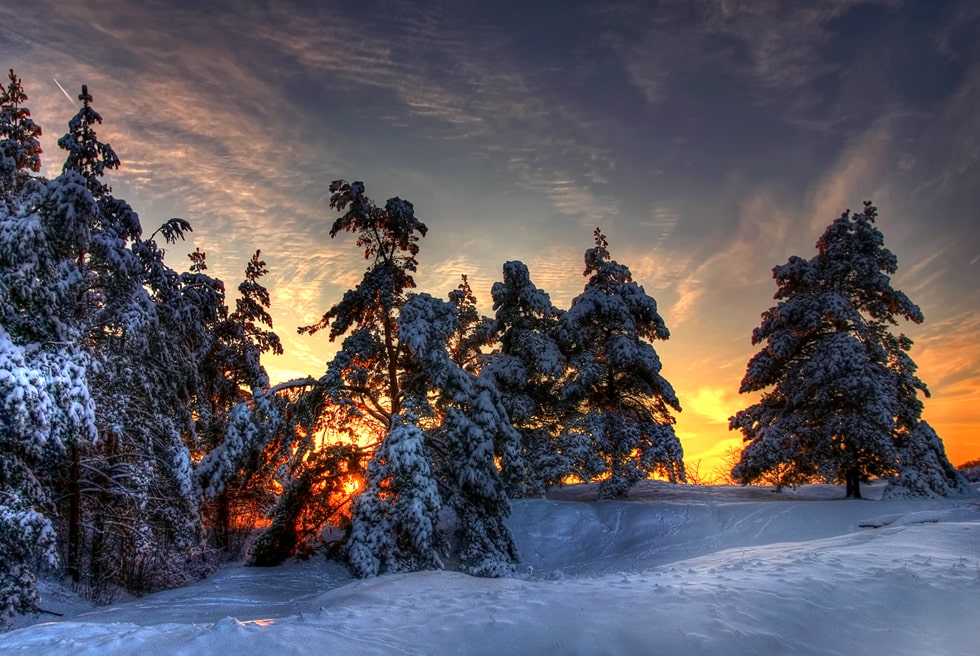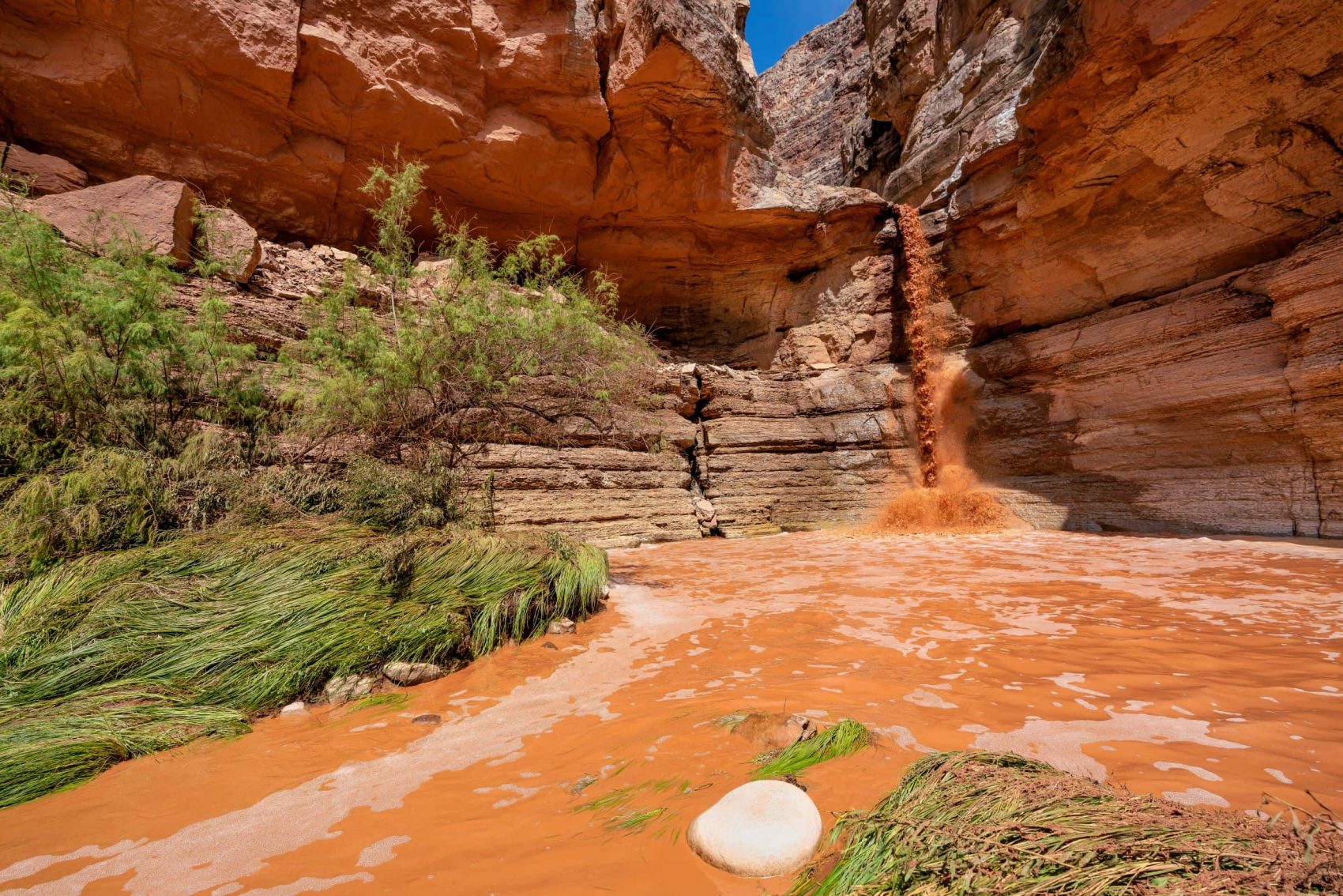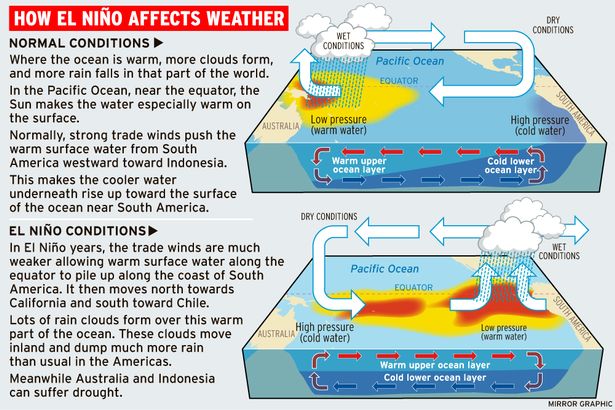
As most of you are probably aware, El Niño and La Niña are sea surface temperature oscillation events over the southern Pacific Ocean that can impact weather patterns worldwide. According to the National Ocean Service, during El Niño, trade winds from the Pacific weaken and warm water is pushed from the east to the west coast of the Americas. A shift such as this can have massive impacts on global weather patterns; areas in the Northern U.S. and Canada experience much warmer and dry weather while areas in the US Gulf Coast and Southeast experience wetter weather and more flooding than usual.

According to a report by Alexander Haro for The Inertia, climate models are indicating a potential “super El Niño” event as of now. The most recent super El Niño was in 2016, which brought record-breaking temperatures and 15 devastating weather events. El Niños and super El Niños can lead to a number of extreme events such as wildfires, flash flooding, droughts, severe thunderstorms, and an increased number of cyclones in tropical areas. According to Climate.gov, in 2016 alone, the events we experienced “led to 138 fatalities and caused $40.6 billion in total, direct cost.”
Currently, the signs hint at a high likelihood of a repeated super El Niño event in 2023. But, according to The Inertia and senior research scientist at the US National Oceanic and Atmospheric Administration (NOAA) Dr. Mike McPhaden, while we are due for a standard El Niño event, we wouldn’t typically expect one to the magnitude that is being predicted right now as “super El Niños” tend to occur once every 15-20 years and the most recent one happened in 2015-2016.

The effects of climate change are on the rise globally and the frequency of climate disaster events is becoming a noticeable issue. According to the EPA, extreme weather events “such as heat waves and large storms are likely to become more frequent or more intense” as a result of “human-induced” climate change. This is why when the signs hint toward such a massive and potentially detrimental climate event becoming a reality, the heads of climate scientists are turned.
There’s no way to know for sure whether the super-side of the El Niño event will arrive this year, but there is also no way to know how the planet’s current state will handle such an extreme event. According to The Inertia and the NOAA’s Dr. McPhaden, “the really big ones,” have implications worldwide that can include floods, droughts, heatwaves, storms, and more so, we should be cautious. Reportedly, the current forecast is not 100% reliable and things are likely to fluctuate and change throughout the next 5 months. And, according to the NOAA, El Niño events typically occur every 2-7 years, so it wouldn’t be a surprise if it were to happen this year.
